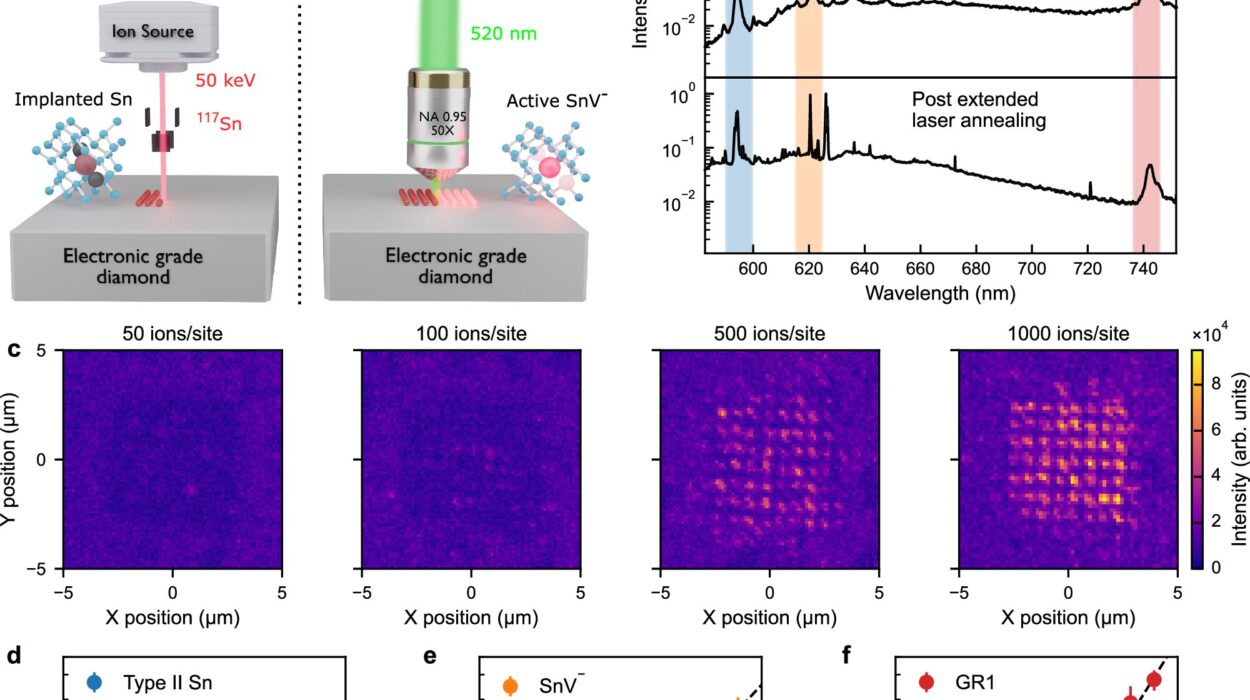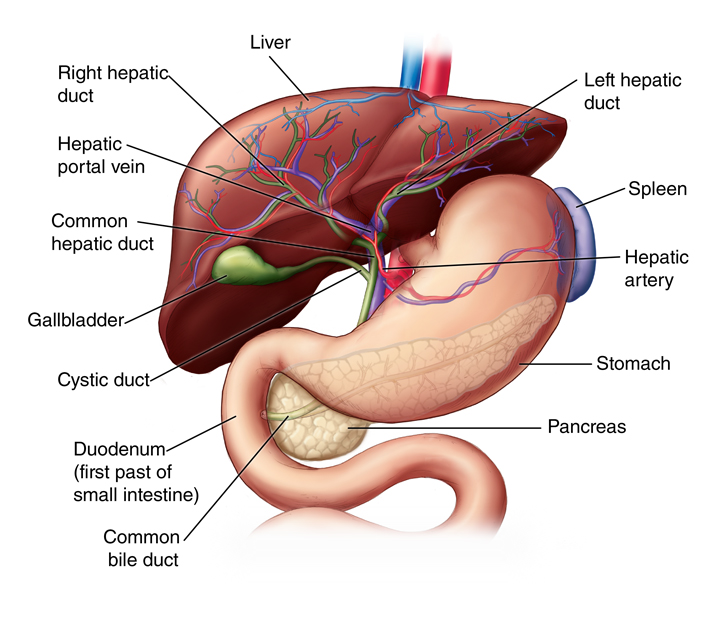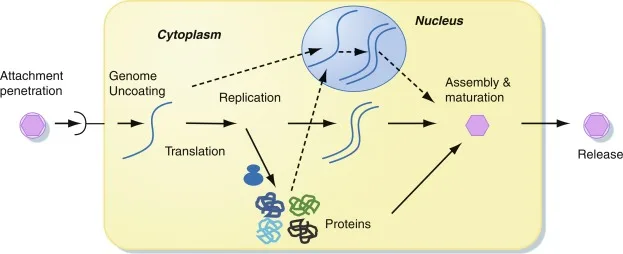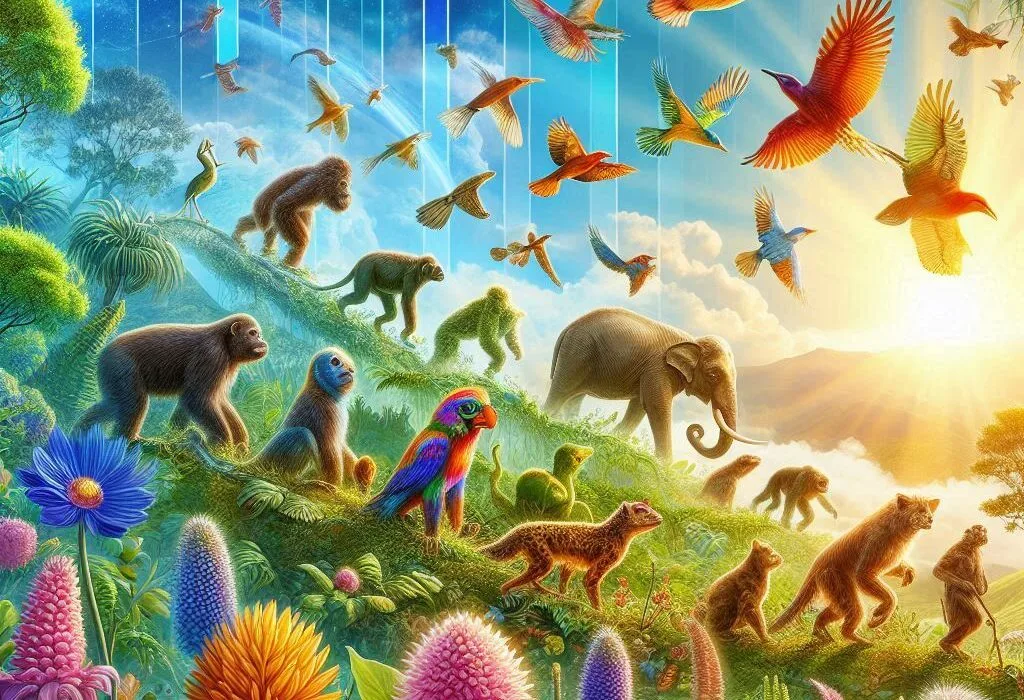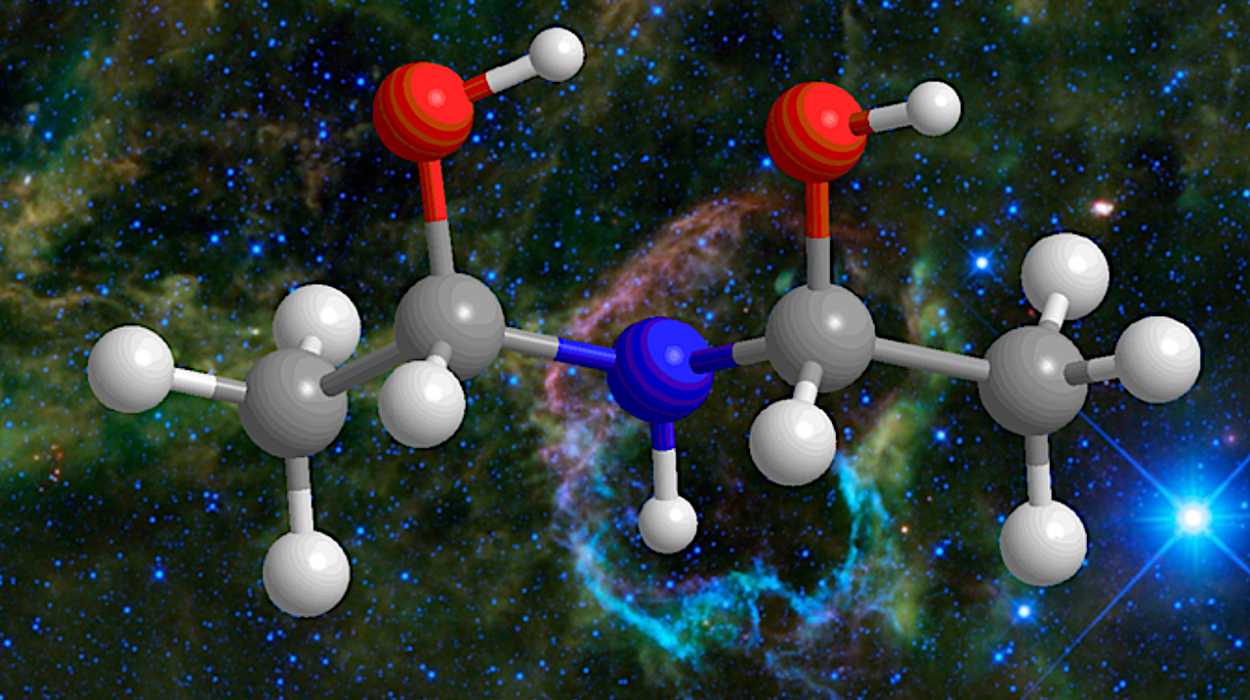There’s a persistent belief tucked quietly into modern consciousness—the idea that evolution is something that happened long ago. That we, modern humans, are somehow the endpoint of nature’s grand experiment. That the arc of human transformation climaxed with Homo sapiens emerging 300,000 years ago, and now the story is done.
But that notion is not just wrong. It’s biologically impossible.
Evolution never stops. It doesn’t obey a schedule. It doesn’t end because we invented smartphones or built cities or mapped the human genome. Evolution is simply change over time, shaped by the pressures and possibilities of survival and reproduction. And change is relentless.
The truth is both more unsettling and more wondrous: humans are evolving right now—subtly, steadily, and all around us. The forces that shaped our ancestors are still at work, though they often wear modern disguises.
The Evolutionary Clock Keeps Ticking
To understand where we’re going, we first have to understand where we’ve been.
Human evolution was never a neat line from monkey to man. It was a tangled tree, full of branches, dead ends, and long, lonely roads. For most of our history, we weren’t alone. Dozens of hominin species walked the Earth—Neanderthals, Denisovans, Homo erectus, Homo habilis—each adapting to different environments and challenges. We survived. They didn’t. But the reasons why are still debated.
What’s clear is that evolution favored flexibility in our species. Our brains grew larger, not just for solving problems, but for building cultures. We learned to cooperate, to share stories, to care for the sick and elderly. We tamed fire, then tools, then each other. We crossed mountains and oceans. And somewhere along the way, we began reshaping the world to suit us, rather than adapting to the world itself.
But evolution didn’t stop just because we became clever. In fact, it may have only shifted its pace and patterns.
DNA: The Diary of a Species in Motion
In the last two decades, the ability to read genomes like ancient scrolls has transformed evolutionary biology. Every cell in your body carries the story of human evolution—a 3-billion-letter code that reveals what changed, what survived, and what was lost.
The surprises are many.
Take the case of lactase persistence. Most mammals lose the ability to digest milk after weaning. But in some human populations—especially those with a long history of cattle domestication—the ability to digest lactose into adulthood became a superpower. Genetic mutations that allowed for lifelong lactase production spread rapidly through Europe, parts of Africa, and the Middle East within just a few thousand years. That’s evolution at hyperspeed.
Or consider malaria resistance. The sickle cell mutation, while dangerous in two copies, protects carriers from the worst effects of malaria. That trade-off—between health risks and survival advantage—shows how evolution often works not through perfection, but through compromise.
There’s also the AMY1 gene, which helps us digest starch. Populations with high-starch diets, such as agricultural societies, have more copies of this gene than traditional hunter-gatherers. As farming spread, so did genes that favored carbohydrate processing.
These are just a few among many examples. Genes associated with high-altitude living, skin pigmentation, immune response, and even brain development have all evolved in the last 10,000 years. Evolution is not a relic—it’s ongoing biology.
Natural Selection in the Modern World
But what about now? In a world of medicine, social safety nets, and modern conveniences, is natural selection still acting on us?
Yes. But it’s complicated.
Natural selection depends on differential survival and reproduction. And even in a world with hospitals and iPhones, people still reproduce at different rates. Certain traits are passed on more often than others. Sometimes that’s due to biology, sometimes culture, and often both.
Recent studies using large-scale genetic data have shown that even in industrialized societies, natural selection is at work—subtly favoring certain genes over others. For instance, women with a genetic tendency to have children earlier often end up with more offspring. Over generations, this could shift reproductive patterns in a population.
Another example comes from Iceland, where researchers found that people with certain genetic variants associated with education level and delayed childbearing are reproducing less. This doesn’t mean intelligence is vanishing (genes don’t equal destiny), but it does show that even social behaviors can feed into the evolutionary system.
And it’s not just about reproduction. Our immune systems are in constant arms races with pathogens. Genes that help us fight infections or resist viruses are under pressure all the time. In 2020, scientists identified Neanderthal-derived DNA that increases the risk of severe COVID-19. Evolution doesn’t just act on what’s useful—it acts on what works, even if it’s imperfect.
The Unnatural Selection of Culture
But humans are strange animals. We don’t just inherit genes. We inherit cultures, languages, technologies, ideologies. And culture changes faster than DNA.
In fact, culture often alters the direction of evolution itself. This process—called gene-culture coevolution—is what makes us so peculiar among species.
When humans invented agriculture, our diets changed dramatically. That shaped our guts, our jaws, our teeth. When we built cities, we created dense environments where disease spread rapidly, pressuring our immune systems to adapt. When we began wearing clothes, genes associated with body temperature regulation may have been relaxed.
Culture protects us, but it also creates new evolutionary pressures.
Think of vision. In the past, severe nearsightedness might have been a life-threatening disadvantage. Today, glasses and contact lenses allow people with poor eyesight to thrive and reproduce. That doesn’t mean evolution has stopped—it means the selection pressure has shifted.
Or take Cesarean births. Modern medicine allows babies with larger heads or mothers with narrower hips to survive and pass on their genes. Over time, this may subtly shift the balance of traits in the population, possibly increasing the frequency of difficult births—a phenomenon already being observed in some studies.
Technology doesn’t halt evolution. It redirects it.
Artificial Selection and the Ethics of Human Control
And then there’s the question that borders on science fiction: What happens when we take control of our own evolution?
For the first time in history, we’re not just subject to natural forces—we can actively shape our biology. Technologies like CRISPR gene editing, in vitro fertilization, and genetic screening give us the tools to edit, select, and modify our offspring. What was once the realm of gods is now the domain of science.
Already, researchers can remove disease-causing mutations in embryos. In theory, we could select for height, intelligence, or even personality traits—though these are influenced by many genes and environment, making precise control difficult.
This raises enormous ethical questions. Who decides what traits are desirable? Will the wealthy gain access to “designer” traits while the poor are left behind? Could we accidentally erase genetic diversity that we don’t yet understand?
There is power in knowing the code of life. But with power comes the burden of wisdom—and restraint.
The Global Genome and Future Divergence
One often overlooked aspect of modern evolution is globalization. For thousands of years, humans lived in relatively isolated populations. Evolution could act locally, sculpting traits to fit specific environments.
But today, intercontinental travel, migration, and intercultural relationships have created a globally mixed gene pool. The genetic distance between populations is shrinking. This genetic homogenization may reduce the power of local adaptation but increase resilience against certain diseases.
However, some scientists wonder: if humanity colonizes other planets—Mars, moons, exoplanets—will we see a return to divergence?
Imagine a colony on Mars, where lower gravity, higher radiation, and enclosed ecosystems impose entirely new pressures. Over generations, Martian humans could evolve differently—physically, perhaps even psychologically. Eye structure might change to handle different light. Bone density might decrease. Social dynamics might evolve in isolated communities.
Given enough time, we might once again become a species of many branches—separated not just by geography, but by planets.
The Rise of the Mind
Beyond physical traits, one of the most fascinating frontiers of modern evolution may lie in the brain.
The human brain is massive, metabolically expensive, and stunningly plastic. Over the last two million years, it has grown in size, complexity, and capability. But it hasn’t stopped changing.
Recent research has identified dozens of genes linked to brain development that have undergone recent positive selection. Some affect neurodevelopmental timing. Others influence language centers, memory, or social cognition.
But there’s also a darker side. Traits that contribute to creativity, intelligence, and high-functioning cognition can also overlap with vulnerability to disorders like schizophrenia or bipolar disorder. Evolution doesn’t optimize for happiness or mental stability—it only selects what works well enough to pass genes along.
In the age of hyper-connectivity, mental health has become both a social and evolutionary concern. The pressures on our brains today—constant stimulation, digital addiction, complex social networks—are unlike anything in our past. How we adapt to this cognitive onslaught may shape the future of human consciousness itself.
Sex, Selection, and the Complexity of Attraction
Evolution is not just about survival—it’s about reproduction. And sexual selection, often driven by what individuals find attractive in mates, is a powerful evolutionary force.
In birds, that means peacock feathers or mating dances. In humans, it’s more complicated.
Cultural preferences—skin tone, body shape, intelligence, status, humor—vary across time and place. But they often drive which traits become more or less common over generations.
As dating apps replace village courts and online personas shape attraction, we’re engaging in a massive, real-time social experiment in sexual selection. Are we subtly selecting for extroversion? For aesthetic symmetry? For emotional intelligence? For digital charisma?
No one knows for sure. But evolution, in all its quiet persistence, is watching.
The Clock Has No Hands
So, are we still evolving?
Yes. And no. We are not evolving toward anything. Evolution has no goal, no direction, no finish line. It is not a ladder but a river—flowing, branching, changing course. We are both passengers and paddlers, carried by forces we understand only partially.
We are evolving in our genes, in our brains, in our cultures. We are evolving in response to pandemics and pesticides, to skyscrapers and smartphones, to isolation and intimacy. We are evolving not just biologically, but technologically—melding flesh with machine, memory with metal, identity with data.
We may no longer be Homo sapiens in 10,000 years. Or perhaps we will be the same, only wiser. Or perhaps, like Neanderthals and Denisovans before us, we will be a whisper in the fossil record—our legacy encoded in whatever descends from us.
Evolution has no hands, but it never stops ticking.
Epilogue: The Species That Can Choose
What makes the human story so uniquely complex is that we’re not just shaped by evolution—we are the first species that can understand it, reflect on it, and maybe even choose how to guide it.
Will we use this knowledge to create a healthier, fairer world? Or will we divide ourselves by genetic class, reduce diversity, or push the boundaries of life into chaos?
The future is unwritten, but one truth remains:
We are not finished. We are not fixed. We are still becoming.
And evolution, patient and tireless, walks beside us.

